The Camino has different pilgrimage routes that have been walked since Middle Ages. Each official route of the Camino passes through different points of the Spanish geography and, excluding the Fisterra-Muxía Camino, they all have only one destination: Santiago de Compostela. Know all about the official routes of the St. James Way, history and maps in this post.
Contents
What is the official route of the Camino de Santiago?
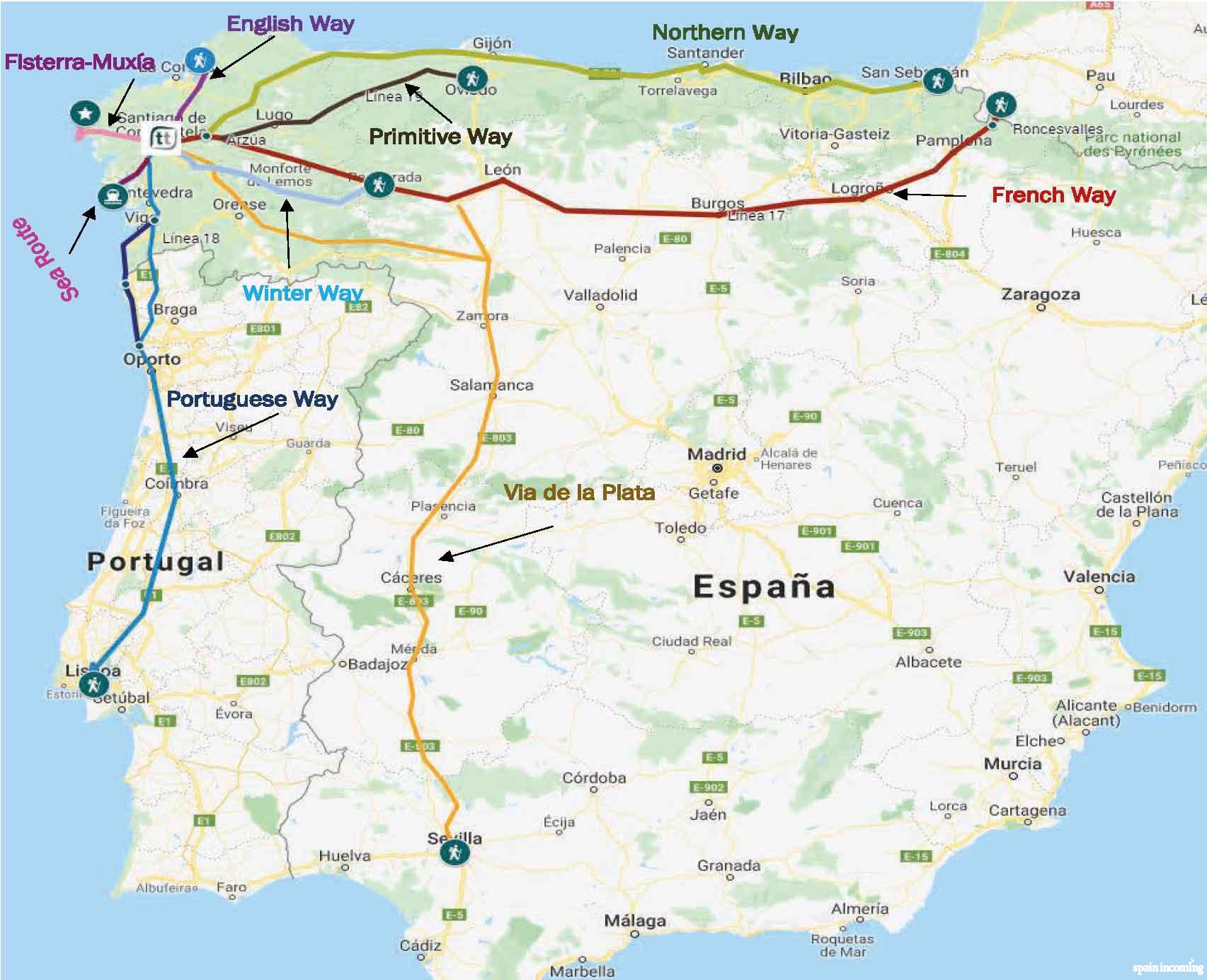
The city of Santiago de Compostela was born around the Cathedral of Santiago. According to tradition there is the tomb of Santiago the Apostle. The discovery of the tomb, in the 9th century, made this city a pilgrimage destination for pilgrims from all over Europe. Thus, during the Middle Ages, Santiago de Compostela received pilgrims who decided to embark on their journey from their place of origin to the tomb.
The importance of this pilgrimage has survived for centuries. Santiago de Compostela together with Rome and Jerusalem, is one of the routes with more worldwide projection. In fact, in 1987 the Camino de Santiago has been declared as the first European Cultural Itinerary.
You can also read:
What is the official route of the Camino de Santiago? Today, Santiago also receives pilgrims from different places and has different routes.
Pilgrimage official routes to Santiago de Compostela

All the routes of the Camino offer great heritage value. Even three of them have been declared World Heritage by UNESCO. Next, we will see which are the official routes:
French Camino
It is the most popular Camino and its existence is already reflected in the Codex Calixtino, a manuscript from the mid-12th century. As before, the starting point of any route was the pilgrim’s own home. Today there is no established any official starting point. Generally, pilgrimage is usually started in Saint Jean Pied de Port or in Roncesvalles. The French Way has been included in 1993 in the World Heritage list.
Portuguese Camino
The central route of the Portuguese Way was walked by the Portuguese pilgrims who arrived in Santiago de Compostela. Currently, the Portuguese Way is usually started in Lisbon or in Porto. In addition, this route has a detour: the Portuguese Camino Coastal Route. This route goes along the Portuguese coast from Porto to Tui and then continue along the Portuguese Way to Santiago de Compostela.
Northern Way
This official route of the Camino is included in the UNESCO World Heritage from 2015. Historically, in addition to the pilgrims from the Cantabrian villages and cities, ships from different parts of Europe landed on the Cantabrian coast to begin the pilgrimage to Santiago de Compostela.
Primitive Way
Also included in the list of World Heritage Sites in 2015, the Primitive Way was born with the pilgrimage of King Alfonso II to Santiago de Compostela. The Primitive Way is considered the first route.
Via de la Plata
This route existed before being a pilgrimage route to Santiago de Compostela. Given the historical importance the heritage along the Vía de la Plata is of great value. Today, the starting point of this Camino is Seville.
English Way
The English Way has been pilgrimaged by devotees from northern and western Europe. They docked their ships on the coast of Ferrol or A Coruña to begin their journey to the apostolic city. In the fifteenth century this route reached great popularity since the coast of Ribadeo, Viveiro, Ferrol or A Coruña received a large number of ships. Pilgrims of the English Way of the 21st century also choose Ferrol or A Coruña as a starting point of an adventure.
Finisterre-Muxia Route
This Camino starts in Santiago de Compostela. Many pilgrims arrive to the apostolic city and decide to extend the pilgrimage to Fisterra and Muxía. According to tradition, the disciples of the Apostle Santiago had turned to Fisterra and Muxía in search of the perfect place for the apostle’s grave. In addition, before Christianization, the Cape of Fisterra was considered the finis terrae: the end of the earth.
The Sea Route of Arousa and the Ulla River
This maritime itinerary reproduces the transfer of the remains of the Apostle from its entrance in Galician. It is said that his disciples Athanasius and Theodore transported the remains of the Apostle in a stone boat, entering in the Ría de Arousa to Iria Flavia. This route is also known as the translatio.
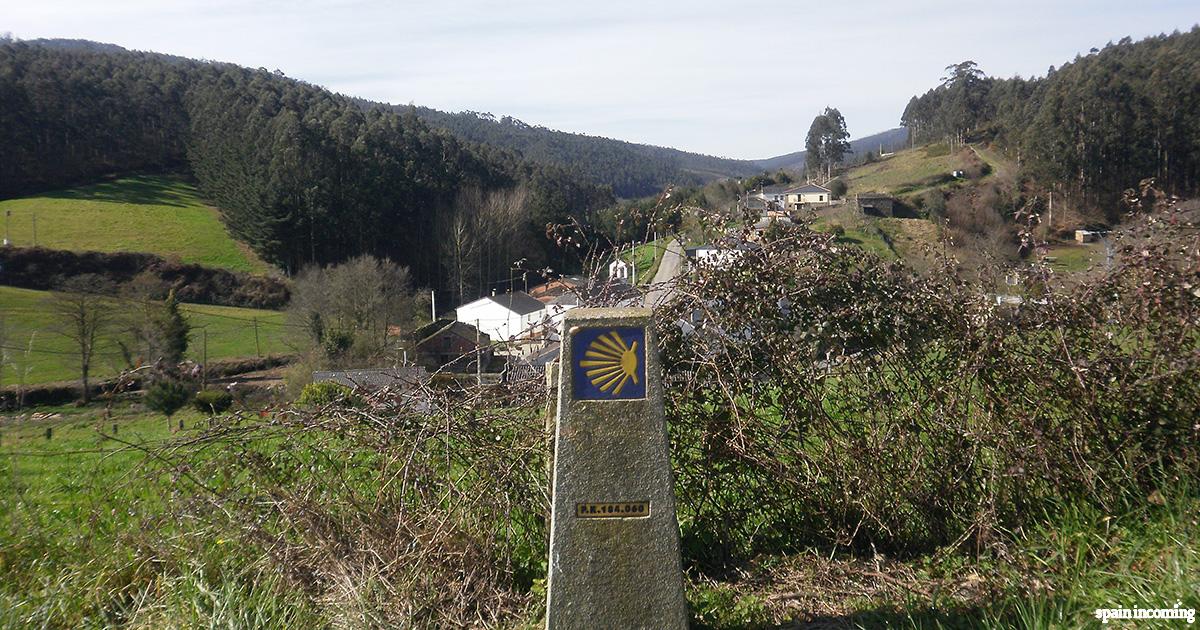
Pilgrimage routes to Santiago de Compostela
As you can see, there are many official routes of Santiago de Compostela. Each route has its history and trajectory, so we encourage you to discover a little more about origins and meanings of Santiago de Compostela.

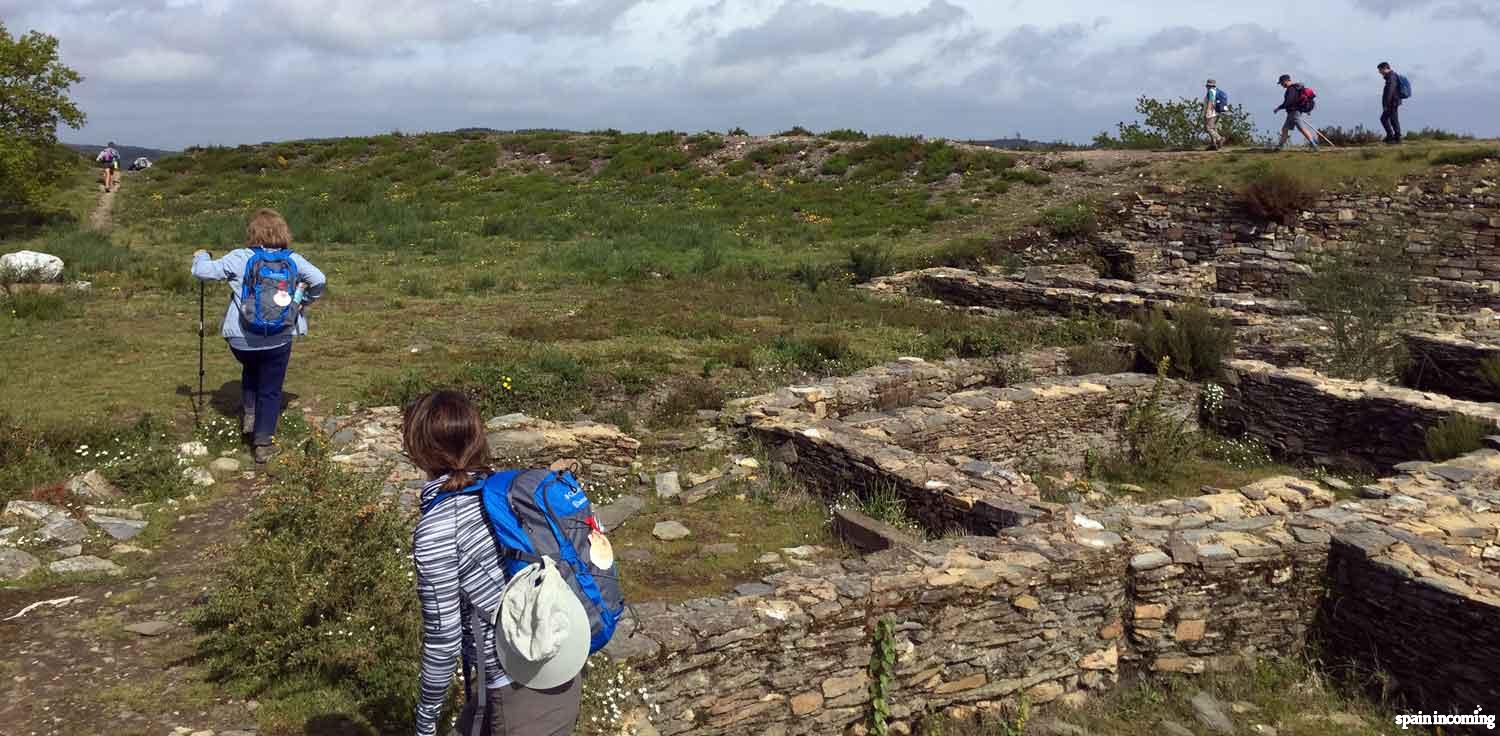
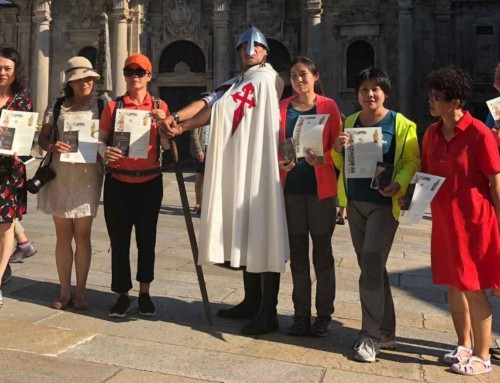
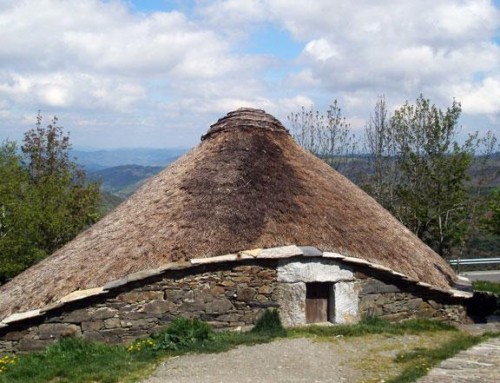
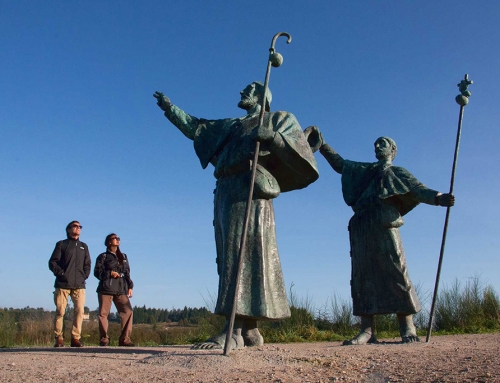

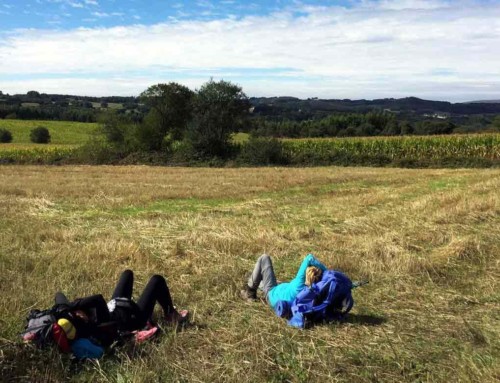
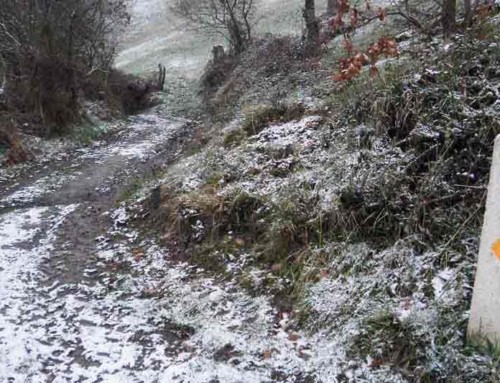
Leave A Comment